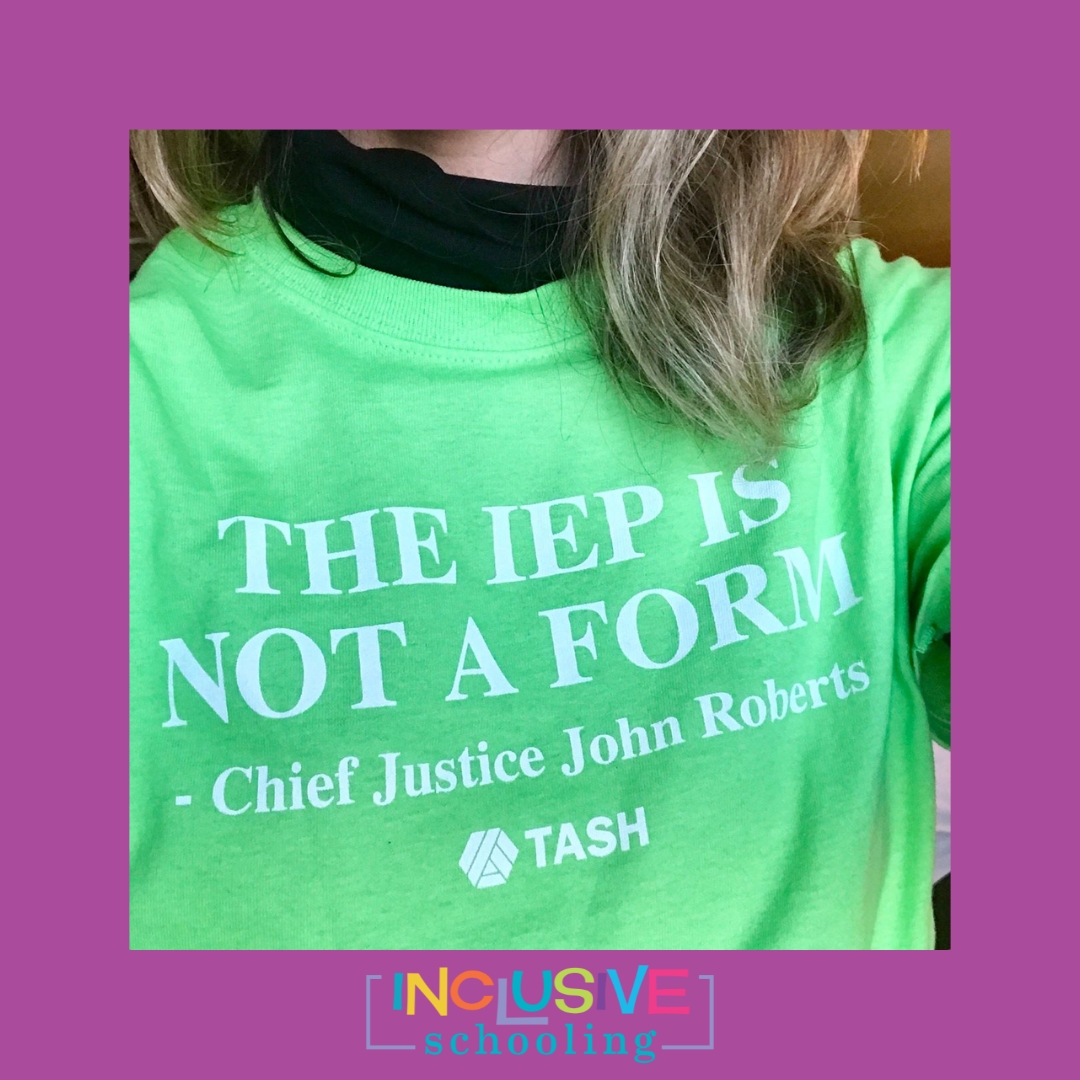If you know us…you know we've been researching, writing, and basically fussing over how individualized education programs (IEPs) are written for nearly 30 years. Needless to say, we have lots of opinions, but we also have lots of tips and solutions. In this blog we share our top tips with additional resources that unpack “how” to put the tip in practice.
1. Be affirmative.
Use affirmative language that conveys positive values, hope for the future, competence, and the team’s vision for ideal performance and engagement. Avoid language that expresses concern (without mentioning ways to alleviate or gain a deeper understanding), conveys unfulfilled expectations, and/or emphasizes deficiency.
2. Use the proven formula.
Write strong goals that are functional and measurable using the “proven formula” of ABC. In the formula, the “A” is for antecedent or the context in terms of where and when the student will demonstrate the desired outcome. The “B” is the observable and measurable behavior that will ensure a student’s access, participation, and progress toward daily activities. The “C” is the criteria or the way in which performance will be measured and monitored over time.
3. Dig into the “what”.
All too often teams jump quickly to how they will support a student and/or deliver special designed instruction. A critical first step, however, is to clearly define “what” the team wants a student to know or do. It’s best to spend time digging in and pealing back to uncover not only “what” can be taught and measured but also “what” matters.
4. Aim for balance.
Although identifying and writing measurable behaviors is important, it is equally important to attend to whether the behaviors: 1) are critical for the student’s participation in daily routines, 2) can be used in a variety of settings and conditions, and 3) are stated in a way that all team members can understand. Teams need to balance a desire for measurable outcomes with IEP goals that are meaningful.
5. Write IEP worthy goals.
And speaking of balance, when we achieve a balance between measurability and functionality, we likely are ready to write “IEP Worthy” goals. These are goals that ensure access, participation, and progress in daily activities/the general curriculum. Goals that the student needs to participate in all/most daily activities. And goals that can be generalized across a variety of settings, materials, and/or people.
6. Prioritize needs.
Teams need to understand the difference between common outcomes for all students, targeted outcomes for students who are struggling or whose development has stalled, and those that require systematic instruction for individual students. IEP goals only need to address needs that stem from having a disability that having an adverse effect on a student's access, participation, and progress.
FREE CHECKLIST:
Want our most powerful checklist for ensuring inclusive services?
- Effective strategies to try before even considering a pull-out setting
- Wildly expand your options for student support
- A must-have checklist for every IEP meeting!
- Get everyone thinking outside the box!
- Creative solutions to providing services and supports
- Finally, a common starting place for parents and educators


